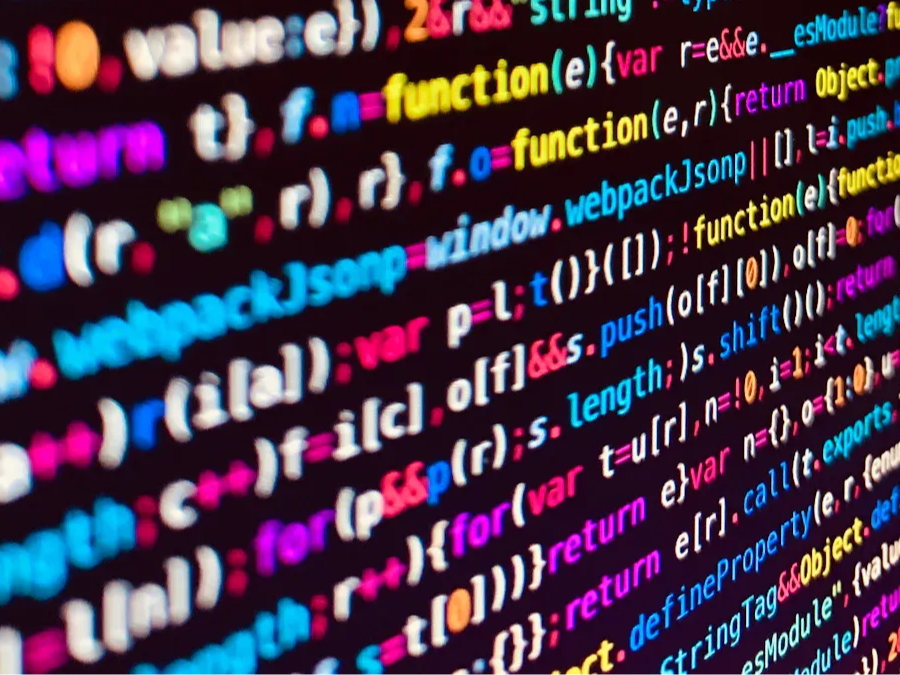Hidden layers are an important part of artificial neural networks, located between the input layer and the output layer. Hidden layers do not directly receive external signals or send signals directly to the outside world. Their main function is to process and transform input data so that it can be used by the output layer. Hidden layers apply various transformations to input data through a series of weighted connections, allowing the network to learn nonlinear relationships in the data, which is essential for tasks such as image recognition, natural language processing, and other forms of predictive modeling.
What is a hidden layer?
Hidden layers are intermediate layers in artificial neural networks, located between the input layer and the output layer. Their function is to extract and transform the input data to provide high-level features for the final output layer. Hidden layers are called "hidden" because their outputs are not visible to the outside world and only circulate within the network. The main task of hidden layers is to capture complex patterns and features in the data through linear transformations and activation functions. By stacking multiple hidden layers, the network can gradually extract more and more abstract features from the data, which is also the core idea of deep learning.
How hidden layers work?
Each hidden layer unit receives the output from the previous layer (or the input from the input layer), performs a linear transformation through the weight matrix (W) and the bias term (b), and calculates Wx+bWx+b. The result of the linear transformation will be introduced through an activation function (such as RelU, sigmoid, Tanh, etc.) to introduce nonlinearity, allowing the neural network to learn and simulate nonlinear relationships. The role of the activation function is to determine whether the neuron should be activated, that is, whether to allow information to continue to propagate backward in the network through the neuron.
The main task of the hidden layer is to capture complex patterns and features in the data through these transformations. By stacking multiple hidden layers, the network can gradually extract more and more abstract features in the data. The input data is forward propagated through the neural network to calculate the output of the model. It involves linearly combining the input data with the weights and biases of each layer, and then applying the activation function to introduce nonlinearity. During the training process, the output of the network is compared with the true label and the error is calculated. The backpropagation algorithm is then used to calculate the gradient of the error function relative to the model parameters, which involves starting from the output layer, calculating the partial derivatives of the loss with respect to the parameters layer by layer, and propagating this gradient information from the output layer back to the input layer. Use gradient descent or other optimization algorithms to update weights and biases to minimize the error function and improve model performance. This process is repeated until a stopping condition is met, such as reaching a preset number of iterations or the error converges below a certain threshold.
Main applications of hidden layers
Image recognition field: especially in convolutional neural networks (CNNs). CNN extracts features of images such as edges, textures, shapes, etc. through multiple hidden layers.
Sequence information capture: The hidden layer can remember previous information and use it for current input processing, which is very important for understanding context.
Text classification: In text classification tasks, hidden layers can extract key features of text, such as sentiment analysis or topic identification.
Machine translation: In machine translation, hidden layers are used to understand the structure of the source language and generate accurate translations in the target language.
Time series prediction: In the financial field and weather forecasting. By analyzing historical data, the hidden layer can learn patterns and trends in the data and make future predictions.
Autoencoder: A special neural network that uses hidden layers to learn effective representations of data. This type of network is often used for dimensionality reduction and feature learning. Medical diagnosis: The hidden layers of deep learning models are used for tasks such as medical image analysis, disease prediction, and gene sequence recognition. Deep learning models can assist doctors in lesion detection and diagnosis by analyzing medical images, improving medical efficiency and accuracy.
Recommendation system: The hidden layer is used to learn user preferences and item features to provide personalized recommendations
Speech recognition: The hidden layer is used to process audio signals, extract speech features, and convert them into text.
Anomaly detection: The hidden layer is used to identify abnormal patterns in data, which is very important for financial fraud detection and network security. Game AI: The hidden layer is used to build intelligent agents that can learn and adapt autonomously.
Challenges faced by hidden layers
As a core component of deep learning and neural networks, the hidden layer (Hidden Laver) faces many challenges in its future development.
Data quality and availability issues: High-quality training data is key to the performance of neural networks. However, obtaining large, diverse, and unbiased training data is an ongoing challenge.
Energy consumption and environmental impact: As neural network models become more and more complex, their training and inference processes require a lot of computing resources, which leads to significant energy consumption.
Model complexity and optimization: As the number of hidden layers increases, the model complexity also increases, which can lead to more difficult training and higher computational costs. Finding the right network architecture and parameter settings to achieve the best performance is an ongoing challenge.
Visualization and understanding of hidden layers: Understanding how neurons in the hidden layers work and how they work together to process information is crucial to improving the model and increasing its interpretability. However, the complexity and high dimensionality of hidden layers make this task very challenging.
Optimization of hidden layer configuration: The optimal configuration of hidden layers (such as the number of layers and the number of neurons per layer) can vary greatly in different neural network models. Finding the optimal configuration requires a lot of experimentation and tuning, which is a time- and resource-intensive process.
Challenges in cross-domain applications: Applying the concept of hidden layers and neural network models to new domains and tasks may encounter specific challenges, such as domain adaptability and transfer learning.
Real-time performance of hidden layers: In applications that require real-time response, such as autonomous driving and robotic control, the computational efficiency and latency of hidden layers become key factors. Optimizing the hidden layer to achieve real-time performance while maintaining high accuracy is an important challenge
Prospects for the development of hidden layers
As the core of neural networks, the hidden layer has broad development prospects. With the continuous advancement of deep learning technology, the hidden layer will play a more critical role in feature extraction, model complexity and accuracy. Future research will focus on improving the design and optimization of hidden layers to make them more complex and sophisticated, further improving the performance and application scope of neural networks. In addition, with the deepening of the understanding of hidden layer design and implementation, neural networks will become more robust, reliable and interpretable. Future developments in hidden layers will also include reducing energy consumption, improving security and interpretability, and better integration into various practical applications, such as medical image analysis and financial risk management.








